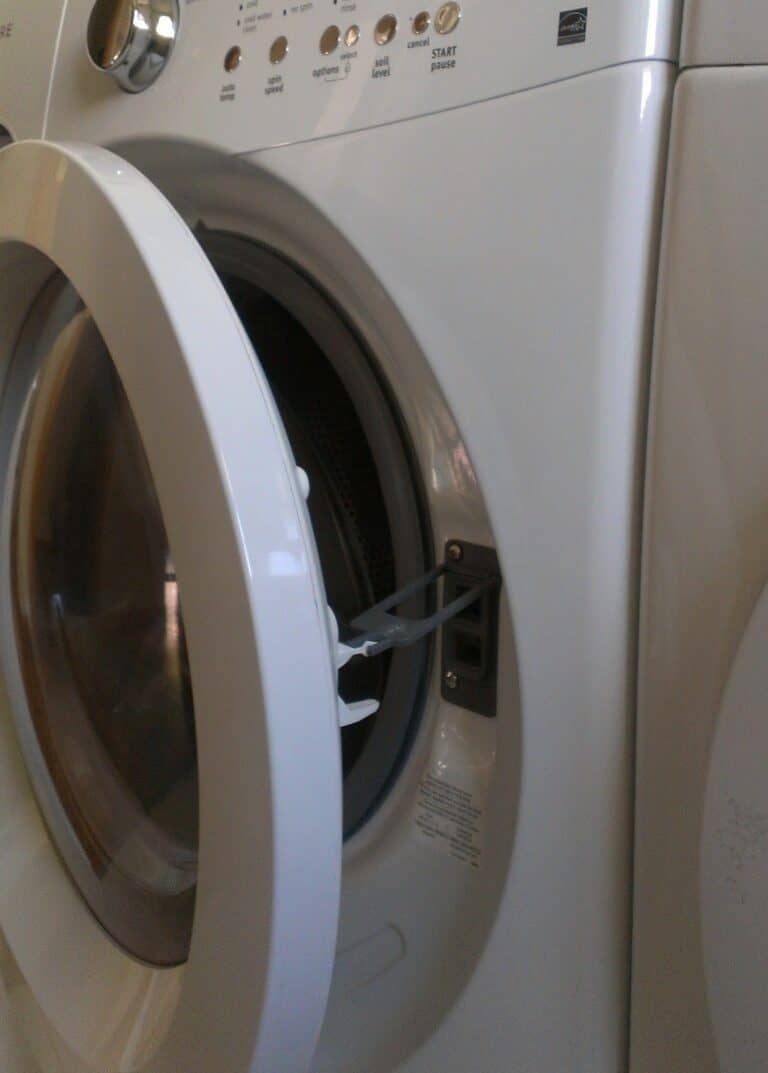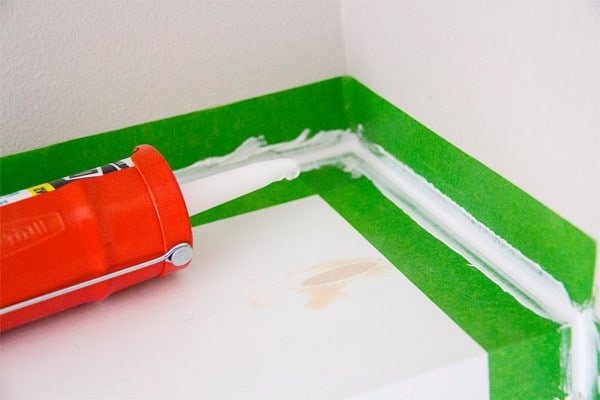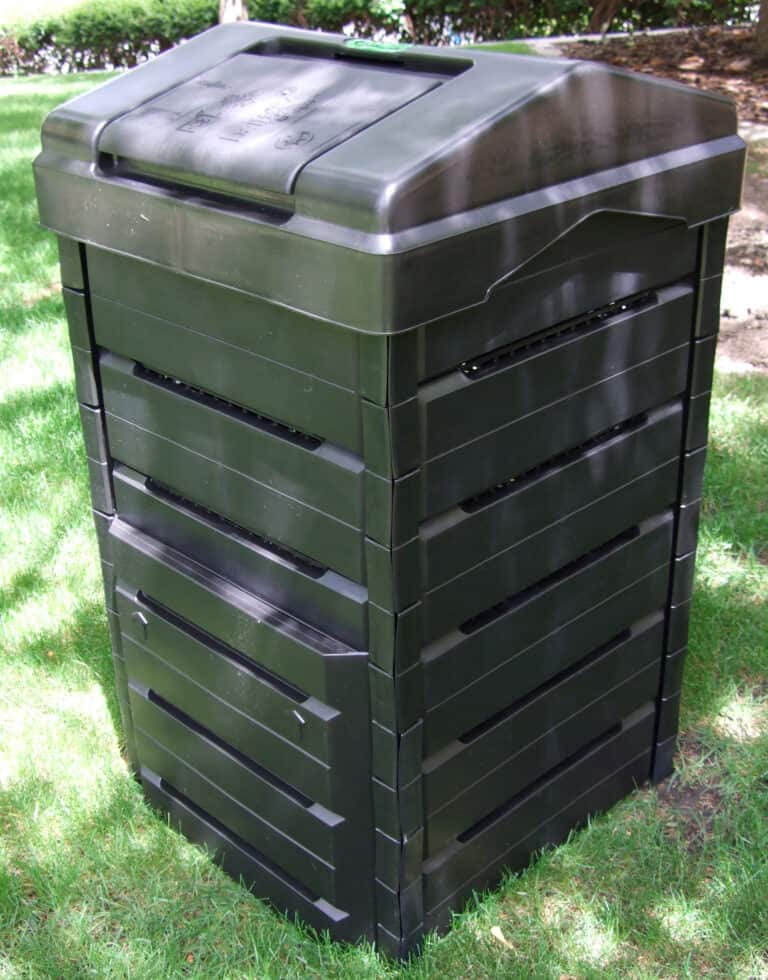
3D Construction Printing
3D construction printing might sound like something from a science fiction movie, but it’s actually becoming a reality. This new 3D printing technology is revolutionizing the construction industry. With the ability to print a dwelling in as little as 24 hours right on the construction site.
This efficient method of construction is poised to change the way construction process forever. Let’s take a closer look at how 3D printing works in the construction field. And what benefits it offers over traditional construction methods.
What is it and how does it work
A 3D printed house or building is a new technology that is rapidly growing in popularity in the construction industry. It works by laying down the material (concrete) through the use of a 3D printer.
3D printing deposits the material along paths that have been predetermined by a computer program or file. Each layer of material (concrete) bonds with its neighboring layers. This results in strong 3D shapes and structures according tot eh architectural design.
These printers can also aid in accelerated construction projects as they are capable of completing entire sections at once. Greatly speeding up traditionally gradual processes like carpentry. This efficient tech has become a boon to architects, contractors, engineers and other professionals utilizing 3D designs.
The benefits
Using 3D printed materials can bring a range of benefits to the industry. It can significantly reduce labor costs and time, while also increasing safety on the construction sites. Manual labor is reduced (fewer people) but skilled trades people are still required.
It allows for the fabrication of highly complex structures faster than traditional methods, and it largely eliminates any margin of error in the design process. Additionally, it enables architects to create customized structures rapidly and cost-effectively, opening up possibilities for new designs that are not achievable with traditional methods.
With its many advantages, construction printing is set to transform the way our cities are built moving forward.
The drawbacks
While 3D printing technology has the potential to revolutionize our approach to building and architecture, there are certain drawbacks which must be considered.
While complicated designs can be printed quickly and cheaply, it does not give the same level of precision as a traditional builder given certain aspects such as staircases, walled areas and more.
Additionally, current methods of 3D house printing still rely heavily on human input; without experienced engineers or architects designing and constructing the product, it’s unlikely that it’ll look good and meet the standards required for long-term use.
As such, until technology continues to progress in this sector, we will continue to rely on traditional approaches for plumbing, electrical, HVAC etc.

Today
The building industry is using 3D printing now to build concrete basements, single story and two story homes using massive 3D printers.
Once the site is ready the printers are setup onsite and the printing begins. In a short amount of time you can see the home starting to take shape. Using local materials (concrete) to print houses can save money, making for more affordable housing. 3D printing can address housing shortages quickly whereas normal construction methods take much longer.

The future
The future of 3D house printing is full of potential; this technology has the capability to revolutionize the building industry.
Using 3D printing, companies can reduce building costs and waste, as well as automate much of the process of generating structures like houses. The design possibilities are endless for 3D printed projects.
With further advancements in these technologies, we will eventually be able to create fully-fledged structures (print buildings) with a single machine in days instead of months. This new approach to construction not only saves valuable time, but also uses fewer resources during construction, resulting in more eco-friendly projects and reduced environmental impact.
3D printing promises a more efficient, cost-effective way for architects and builders alike to create their dream buildings, and for communities across the world this could mean huge improvements in quality of life standards without going outside their budgets.
Someday we will be able to print entire houses onsite using 3D printing. And people will move into their new 3D printed home in weeks not months.
3D printing in construction is a fascinating technology with a lot of potential. It has many benefits, but there are also some drawbacks that need to be considered. Overall, it shows a lot of promise for the future of building and construction.
3D printing can live up to its potential, it is likely to transform the way our cities are built for the future. Not only does it offer cost-effectiveness and faster production times than traditional methods of construction, but it also opens up an array of design possibilities that were previously not achievable. We may soon see entire buildings printed on 3D printing. It offers cost savings, faster production times, and more design capabilities than ever before. What’s more, its sustainability benefits are sure to benefit both the environment and communities across the world by providing affordable housing solutions that are also
If you’re interested in learning more about 3D printed homes, be sure to check out the nidus3D website.
Or check out this Global News story
Thanks for reading!
Learn More
Click here to learn more about the entire home inspection process.





